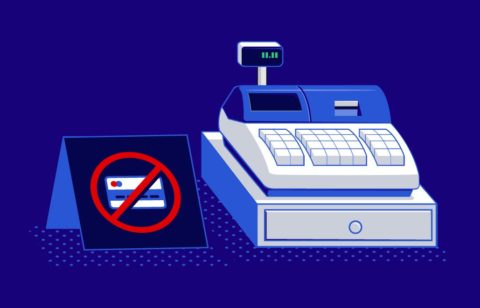The credit-reporting bureau Experian recently released a study showing that in general, women are better at handling credit than men. This study came from a sample of 750,000 credit reports nationwide.
Earn less but have better credit scores
Among other things, this study revealed that woman earn 23% less than men but have credit scores that are just a bit better. Their scores average 675 vs. 674 for men. The study also reported that men use 31% of the credit they have available and that women use only 30%.
Average debt
Women, the study found, carried an average of $25,095 in debt from personal loans, auto loans and credit cards, while the average man had $26,227. Men also take out larger mortgages (an average of $187,245) than women whose mortgages average just $178,140. And men have more of an incidence of late payments at 5.7% vs. women who have an incidence rate of just 5.3%.
Interesting but not as important
Experian pointed out it’s interesting to see that women are a bit better at handling credit than men but what’s more important is the value of building a good credit history. Today more than ever, debt and how we handle credit is critical. You need to pay attention to what’s in your credit report, make sure you never miss a payment and keep your credit utilization rates low as these are the three keys to financial good health.
What’s in your credit report?
I’m sure you’re seen the credit card TV commercial that ends with the phrase, “what’s in your wallet.” That might be important but what’s even more important is what’s in your credit report. Your credit report is used to generate your credit score and a bad credit score can make it practically impossible for you to get a mortgage, an auto loan or just about any kind of credit.
Conversely, a good credit score will actually save you money in the interest rates you’re charged. Here’s what I mean. If you apply for a mortgage, a good score of 750 and above could qualify you for an interest rate of 5.780%, while a poor score of 620-659 might result in an interest rate of 7.096%. Do the math and you’ll see that this represent a difference of 1.31%, which will mean thousands of dollars over the life of the loan.
Where to get your credit report
If you’ve never seen your credit reports (you have three) or haven’t seen them for more than a year, you need to get and review them. They are available free (once a year) from the credit bureaus – Experian, Equifax and TransUnion – or you can go to the website, www.annualcreditreport.com and get all three simultaneously. While this is easier and more convenient than going to the individual credit bureaus, some people choose to get their reports one at a time every four months as a way to sort of monitor their credit reports year around.
What to look for
When you go over your report(s) you need to look carefully for errors – especially negative items that could be hurting your credit score. A recent federal study reported that one in four Americans have errors in their credit reports and that about 5% have ones so serious they could be affecting their credit scores. When you go over your reports you need to look for items such as defaults, late payments and charged off debts that weren’t yours. If you find one (or more), you can write a letter to the appropriate credit bureau and ask that the item be removed from your report. The credit bureau is required by law to contact the organization that supplied the information for verification. In the event the reporting organization can’t verify the item or doesn’t respond within 30 days, the credit bureau must delete it from your credit file, which could result in a nice boost to your credit score.





